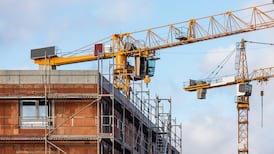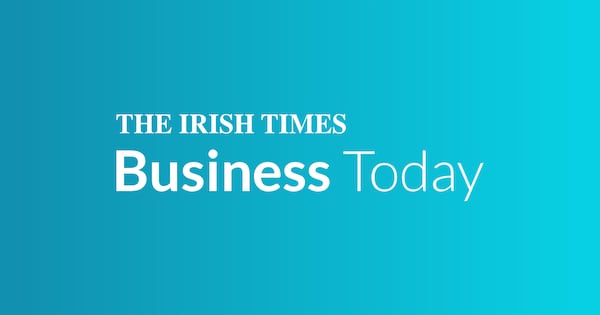The rise in Ireland’s unemployment rate has been dismissed by Davy stockbrokers as “statistical noise”.
The stockbroker also insisted the economy remained close to full employment.
The State’s jobless rate climbed to 4.9 per cent in July, up from 4.6 per cent and the highest rate in more than three years, according to figures published last week by the Central Statistics Office (CSO).
The increase comes amid warnings about a potential slowdown triggered by US tariffs.
RM Block
The upward revisions, flagged by the CSO, represent “a mainly statistical aspect of the estimation process rather than providing any real-economy signal that Ireland’s labour market conditions have worsened in 2025,” Davy chief economist Kevin Timoney said.
He noted that the figures incorporated the latest Labour Force Survey, which has not yet been published, and included a new category of unemployment assistance (jobseekers’ pay-related benefit) for the first time.
“Combined, these factors help to explain the higher unemployment rate estimate, and we expect this will unwind further into [the second half of the year],” Mr Timoney said.
“An alternative explanation is that high economic policy uncertainty in Ireland and abroad as a result of tariffs has resulted in an increase in the unemployment rate,” he said.
“However, we think the statistical factors noted above are more likely to explain the increase,” he added, noting that labour demand in the Irish economy remained strong.
[ Unemployment climbs to highest rate in more than three yearsOpens in new window ]

In its report, Davy also blamed softer-than-expected income tax receipts in the latest exchequer returns on “slowing wage growth in high-earning sectors (which contribute the bulk of income tax receipts)”.
The CSO will publish monthly payroll data on Friday. These are based on real-time Revenue data and are considered one of the more accurate barometers of the Irish labour market.
Separately, European Central Bank officials are now expected to wait until December to deliver their next interest-rate cut in what is likely to be the final move in the cycle, according to a Bloomberg survey.
Economists have pushed back expectations for another reduction in borrowing costs by three months, compared to a survey conducted in July. With the deposit rate then landing at 1.75 per cent, they see it remaining there for nine to 10 months before a pickup in demand will likely force them to reverse course.
Waiting until the final meeting of 2025 would give ECB policymakers the luxury of more time to assess the impact of trade disruption caused by US President Donald Trump.
By December, policymakers will have seen how the economy performed in the third quarter, offering a clearer picture of underlying momentum after distortions caused by attempts to front-run US tariffs earlier in the year. – additional reporting by Bloomberg





















